TNFD Reporting
Gentian helps organisations prepare for nature-related financial disclosures with high-resolution, decision-useful data aligned to the TNFD framework. Our platform transforms satellite imagery and AI insights into structured biodiversity metrics, supporting each stage of the LEAP process.
.jpg?width=1200&height=900&name=joao-pedro-schmitz-vs6ltDq6Ynk-unsplash%20(1).jpg)
How our TNFD reporting works
Utilising cutting edge AI and high resolution imagery, Gentian’s platform delivers robust biodiversity and habitat insights that feed directly into TNFD-aligned workflows.
Our data supports risk and opportunity identification, dependency mapping, and scenario analysis, enabling clear and confident TNFD-aligned disclosures, giving sustainability leaders the credible, site-level biodiversity insights they need to act decisively across global portfolios.
-1.png?width=1570&height=1200&name=True%20Sage%20Graphic%20Two%20(3)-1.png)
Quantify habitat baselines for reporting and risk
Receive detailed habitat maps with Gentian biodiversity units, providing a clear and measurable baseline for reporting.
.png?width=1920&height=960&name=Services%20Pages%20Graphics-7%20(1).png)
See proximity to key biodiversity areas (KBAs)
Map your site location and surrounding buffer zones against key biodiversity areas, entirely remotely.
.png?width=1920&height=960&name=Services%20Pages%20Graphics-6%20(1).png)
Assess connectivity
Analyse how well your site’s habitats link to surrounding natural areas, helping you evaluate ecological networks and resilience.
.png?width=1920&height=960&name=Services%20Pages%20Graphics-8%20(1).png)
Compare your sites
Benchmark biodiversity and connectivity scores across multiple sites for portfolio-wide risk assessment and prioritisation.
.png?width=1920&height=960&name=Services%20Pages%20Graphics-9%20(1).png)
What is a TNFD report?
What is the purpose of TNFD reporting?
TNFD stands for the Taskforce on Nature-related Financial Disclosures. It provides a global framework to help organisations measure, manage, and report on how nature impacts their operations, and how their operations impact nature.
Much like the TCFD did for climate, TNFD provides a structured framework to embed nature into financial and strategic decision-making. It encourages companies to consider how their operations rely on natural ecosystems, and how those operations, in turn, affect biodiversity, land, water, and other environmental assets.
.jpg?width=900&height=674&name=max-bottinger-gRT-IRygEhg-unsplash%20(1).jpg)
Why is TNFD reporting important for biodiversity?
TNFD reporting helps bring biodiversity into the heart of business decision-making. By encouraging companies to assess how they depend on and impact nature, the framework drives greater awareness of ecological risks and fosters accountability.
This visibility is critical for protecting and restoring biodiversity at scale. It helps identify high-value habitats, track changes over time, and surface opportunities for conservation or regeneration. As more organisations adopt TNFD, biodiversity becomes a measurable, reportable asset, and not just an externality, accelerating the transition to a nature-positive economy.
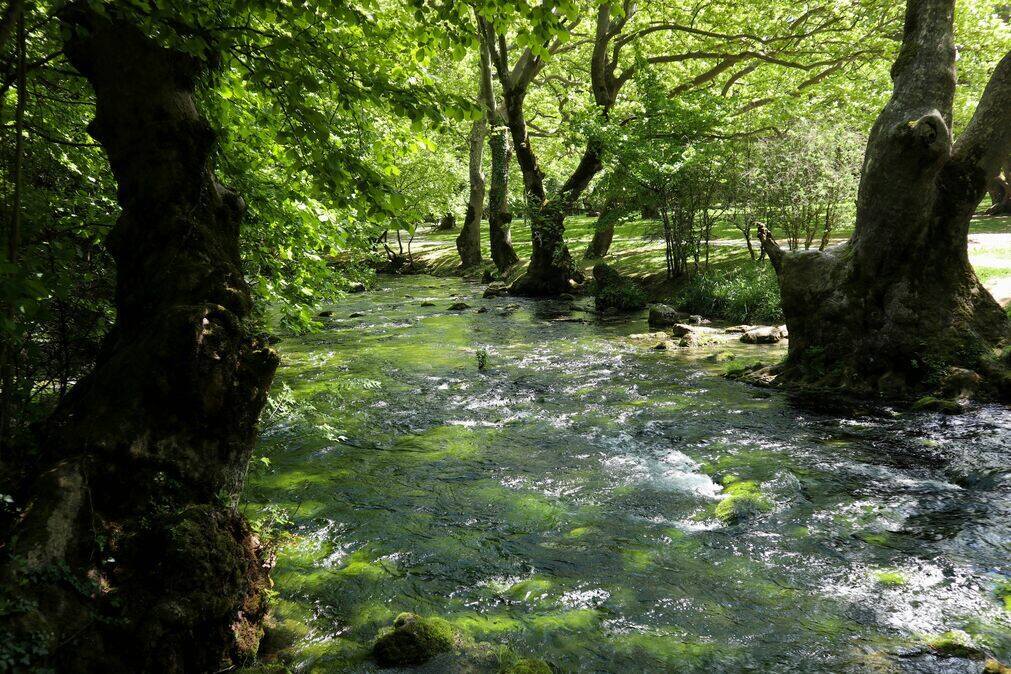
What is the aim of TNFD reporting?
The aim of TNFD reporting is to help organisations integrate nature into their governance, strategy, risk management, and disclosures, just as they do for climate and finance. By providing a structured framework, TNFD enables companies to identify and act on nature-related risks and opportunities across their operations and value chains.
Ultimately, its goal is to shift global financial flows away from nature-negative outcomes and toward activities that protect, restore, and regenerate biodiversity, supporting a more resilient, nature-positive economy.

What are the 5 drivers of the TNFD?
The TNFD was developed in response to five key drivers that highlight the urgent need to integrate nature into business and financial decision-making:
- Biodiversity Loss – Nature is declining at unprecedented rates, threatening ecosystems that underpin global economies and livelihoods.
- Economic Dependence on Nature – Over half of global GDP is moderately or highly dependent on nature and its services, making ecosystem decline a material business risk.
- Investor Pressure – Financial institutions are increasingly demanding clarity on nature-related risks, impacts, and dependencies in their portfolios.
- Regulatory Momentum – Emerging regulations like the CSRD, SBTN, and global biodiversity frameworks (e.g. GBF) are making nature disclosures more standardised and expected.
- Climate-Nature Linkages – Nature and climate are interdependent. Failing to account for biodiversity undermines climate mitigation, adaptation, and resilience strategies.
Together, these drivers are making nature-related disclosure not just a sustainability ambition, but a strategic and financial imperative.

Why choose Gentian?
Gentian provides the deep data needed to power effective TNFD reporting, without the complexity of manual surveys. Our AI-driven platform delivers consistent, scalable nature insights that align with global reporting standards and internal sustainability workflows.
From pinpointing biodiversity hotspots to flagging potential risks, our reports give you the evidence base to inform better decisions, reduce regulatory uncertainty, and communicate your nature strategy with confidence.
.jpg?width=2000&height=1333&name=k8-glEq5uPpBQs-unsplash%20(1).jpg)
Our four pillars
Cost-efficient & scalable
Eliminates the need for expensive, manual field surveys.
Rapid delivery
Assessments completed in days or even minutes, not weeks or months.
Unparalleled accuracy
Sub-meter resolution satellite imagery for precise habitat mapping.
Trusted data
Reports fully aligned with statutory metrics and checked by our in-house ecological experts for quality.
We are trusted by

.png?width=1540&height=558&name=GFSA_DigitalBadge_withoutyear_2024%20(1).png)
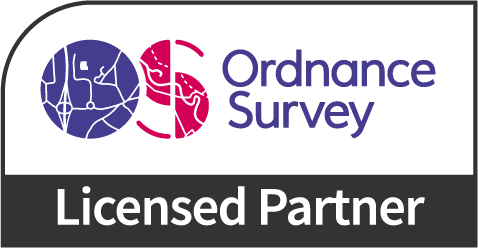





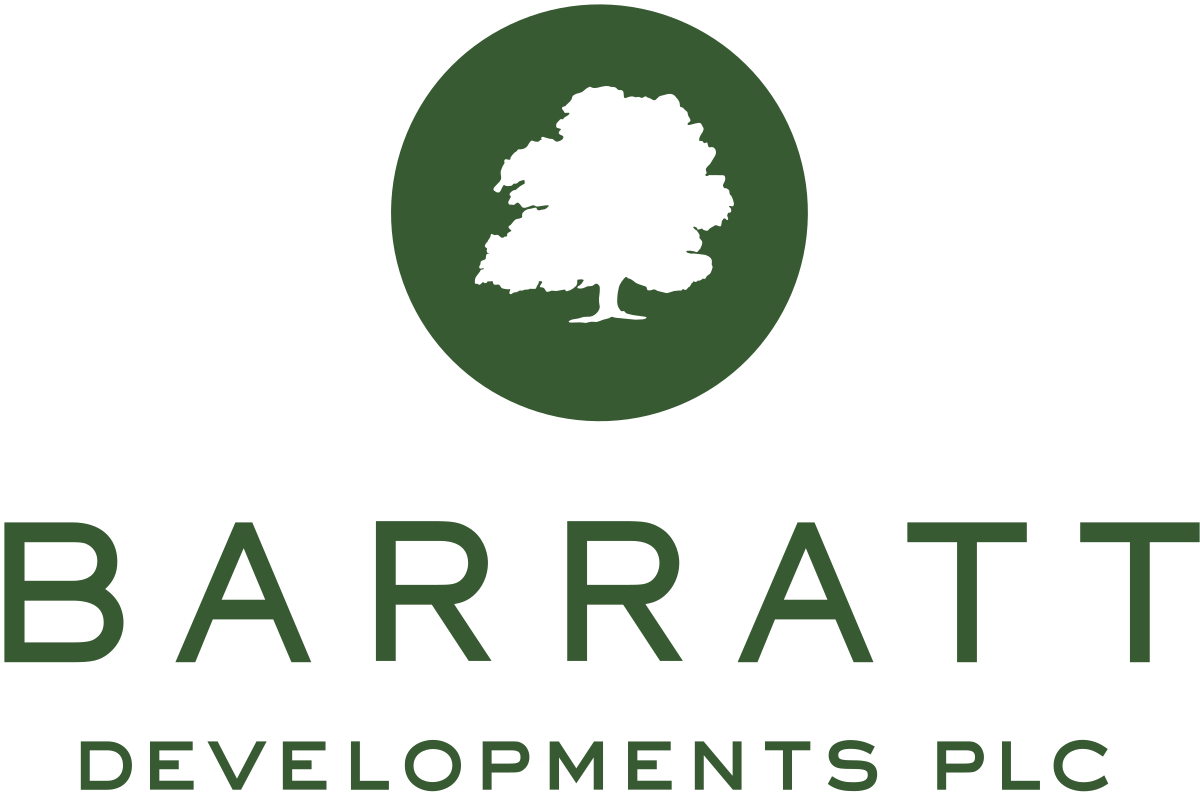



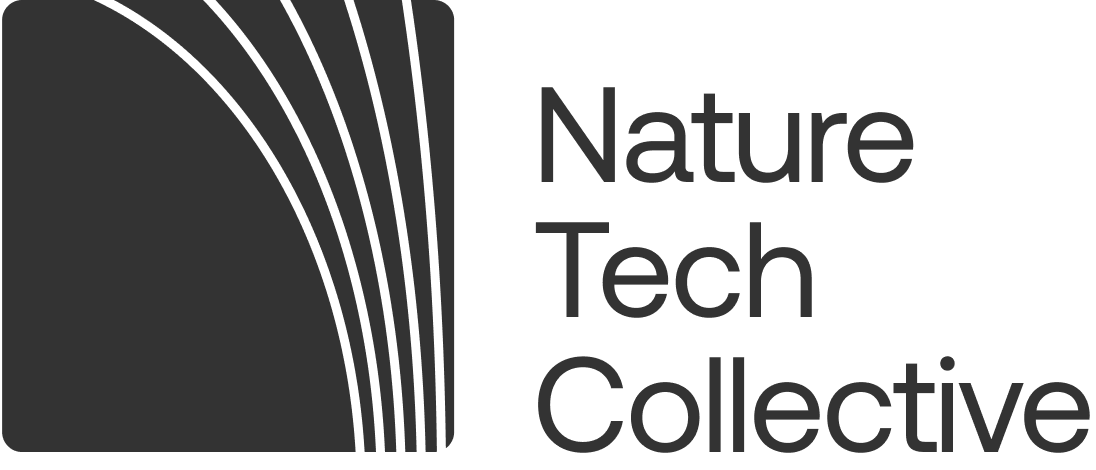
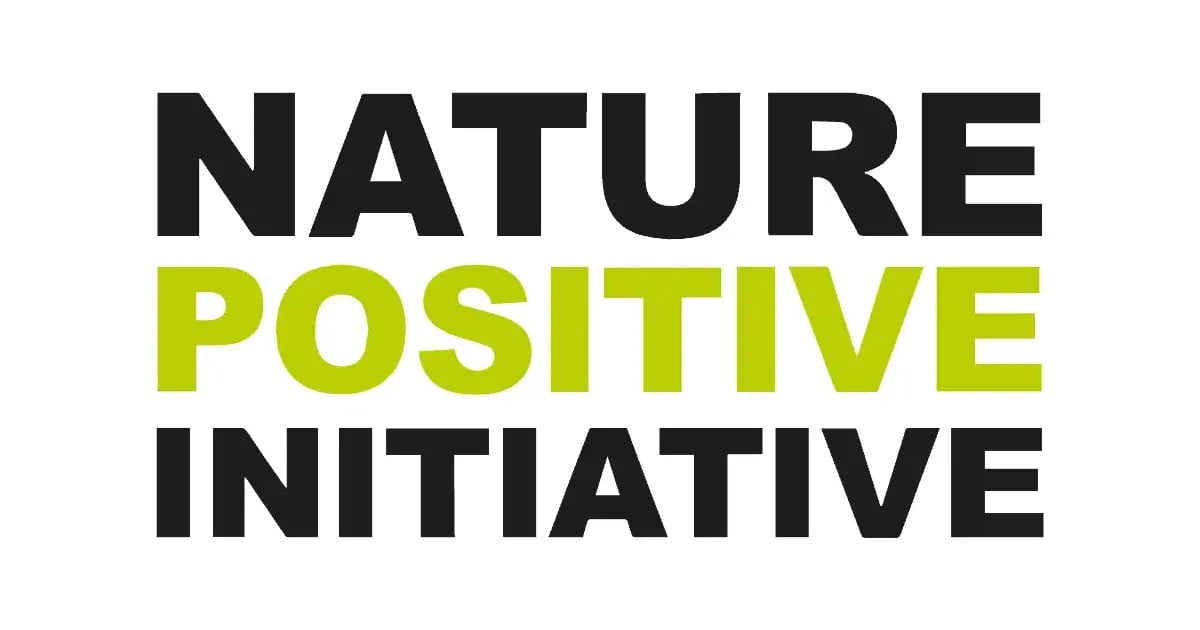
FAQs
Is TNFD reporting mandatory?
As of now, TNFD reporting is voluntary, but that’s changing. Many jurisdictions, including the EU, are integrating TNFD guidance into mandatory sustainability frameworks such as CSRD. Early adoption gives organisations a strategic advantage by preparing them for regulatory shifts, investor expectations, and stakeholder scrutiny.
What are the 4 pillars of the TNFD?
TNFD is structured around four key disclosure pillars that mirror those of TCFD:
-
Governance – How nature-related risks and opportunities are managed at board and executive levels
-
Strategy – How nature considerations influence business planning and financial performance
-
Risk & Impact Management – How the organisation identifies, assesses, and manages nature-related risks
-
Metrics & Targets – The indicators used to monitor and track nature-related performance over time
What is the LEAP Approach in the TNFD?
LEAP is the TNFD’s recommended approach to conducting a nature-related risk and opportunity assessment. It stands for:
-
Locate your interface with nature
-
Evaluate your dependencies and impacts
-
Assess your risks and opportunities
-
Prepare to respond and disclose
Gentian’s platform aligns directly with each stage of LEAP, offering spatially explicit, repeatable data to support decision-making and reporting.
Who does TNFD apply to?
TNFD is relevant for any organisation that interacts with nature, either through its operations, supply chains, or investment activities. This includes sectors such as agriculture, energy, infrastructure, real estate, finance, and more. Companies preparing for CSRD, SBTN, or science-based targets for nature are especially encouraged to adopt TNFD.
Can I use Gentian's data to support my TNFD report?
Yes. Gentian provides biodiversity baselines, habitat condition metrics, and land use change data that align with TNFD’s LEAP framework and disclosure pillars. Our outputs are structured, traceable, and designed for integration into TNFD, CSRD, and broader ESG reports, helping you report with confidence and clarity.
Related services
.jpg?width=1800&height=1200&name=paul-summers-ArtVJ-217Cw-unsplash%20(1).jpg)
ESG Reporting
Gentian helps organisations integrate nature-related data into ESG reporting. Our AI-powered platform delivers expert-checked biodiversity and habitat insights aligned with evolving disclosure standards, including TNFD and CSRD.
.jpg?width=1200&height=900&name=nathan-queloz-uH6aUN38ep8-unsplash%20(1).jpg)
CSRD Reporting
Gentian helps organisations meet CSRD requirements by providing high-resolution nature data for site-level impact assessment, risk screening, and biodiversity disclosure.

Biodiversity Monitoring, Reporting and Verification (MRV)
Our AI-powered MRV solutions deliver accurate, remote assessments of habitat change and ecological condition over time, aligned with TNFD, CSRD, and other global standards.
.jpg?width=1600&height=1067&name=claudel-rheault-ZVbv1akA-l4-unsplash%20(1).jpg)
Habitat Mapping
Gentian uses AI and satellite imagery to map habitats with speed and accuracy. Ideal for baselines, monitoring, or biodiversity risk insights—giving you a clear view of the landscape.
Get in touch
Whether you’re scoping a site, shaping a sustainability strategy, or monitoring long-term change, we’re here to help. Let’s explore how Gentian’s tools can support your environmental goals with speed, accuracy, and clarity.